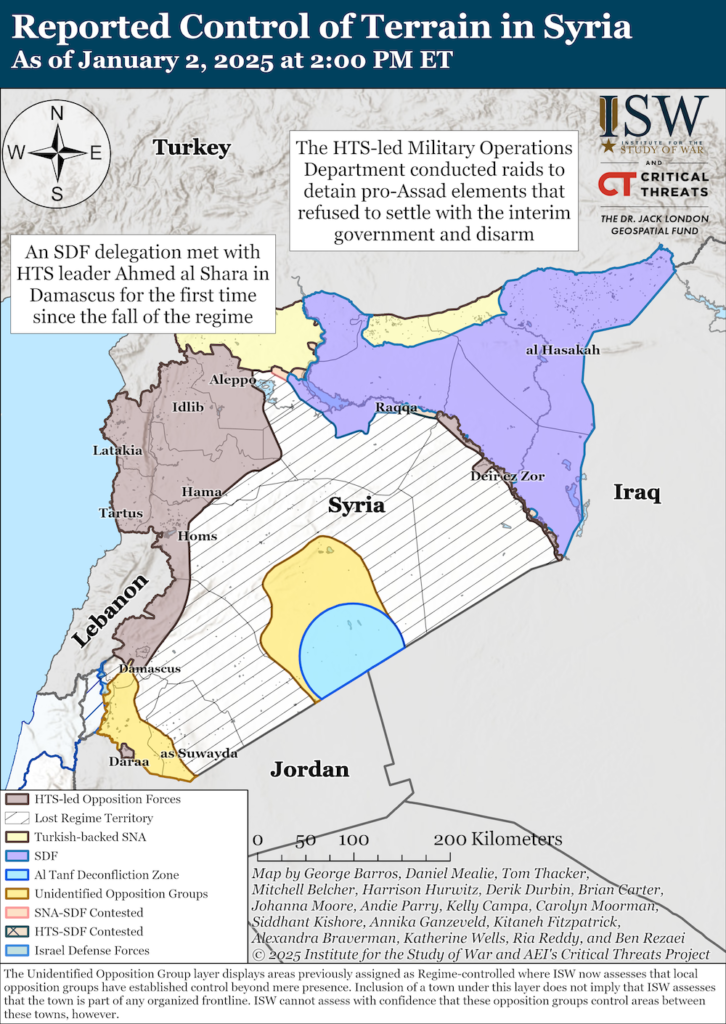History
Since the time before the Crusades, Northern Syria has been populated by many peoples, including Kurds. However, during the Ottoman Empire, which ruled the region between 1516 and 1922, the percentage of Kurds in the region increased due to both voluntary migration and forced removals from Anatolia. After the Armenian and Assyrian genocide in the Ottoman Empire, many Christians fled to the region. During the French mandate in the 1930;s, many Christian Assyrians also came, fleeing ethnic cleansing in Iraq after the Simele Massacre.
When Syria gained independence in 1945, its northern parts were a multiethnic area populated by Arabs as well as Kurds, Assyrians, Turkmen and Yazidis. Independence, however, was also the start of an extensive nationalist arabization of the region, where the Syrian state came to confiscate land from Kurdish landowners and gradually also deprive thousands of Kurds of their Syrian citizenship.
The civil war starts in 2011
Syria was one of the countries affected by the so-called Arab Spring of 2011, where spontaneous popular uprisings challenged authoritarian regimes. The Assad regime, which has ruled the country for over 50 years, crushed the protests with violence and a bloody civil war broke out.
With the Syrian civil war, Syrian government forces withdrew in 2012 from three Kurdish-dominated areas; Afrin in the northwest, Kobane in the north and Qamishli in the northeast. During the same period, the People’s Protection Units (YPG) were organized by the Kurdish Supreme Committee to try to take control of the IS-threatened and occupied areas in northern Syria. By July 2012, the YPG had taken control of the cities of Kobanê, Amuda and Afrin.

As of November 2013, the area existed as an autonomous region of Syria.In 2016, they also came close to linking the Afrin canton with the other two, but the development was stopped when Turkey intervened in the civil war.
During the end of 2016, the YPG instead began to advance south and in October 2017 captured the Islamic State’s capital ar-Raqqa. In 2018, Kurdish forces in Afrin failed to defend the city and its population against the Turkish military and Turkish-backed rebel groups, resulting in a mass displacement of, among others, the Kurdish population of the city. To date, Turkey has continued to directly attack both civilian and military targets in northeastern Syria.
Autonomous Administration of Northern and Eastern Syria/AANES
Today, the Autonomous Administration of Northern and Eastern Syria (AANES) is a de facto autonomous region of Syria. It consists of self-governing sub-regions in the areas of Jazira, Euphrates, Raqqa, Tabqa, and Deir Ezzor. The region shares borders with Turkey, Iraq and Syria as well as areas controlled by various militia groups and is estimated to include approximately 2 million inhabitants.
The autonomous region has become a symbol and haven for democratic values and secularism, a place where people from different ethnic and religious groups live side by side. The constitution establishes a locally rooted direct democracy, with open elections, social equality and respect for human rights. AANES has also constitutionally recognized several official languages, Kurdish, Arabic and Syriac and locally also other minority languages. With the abolition of the death penalty, the guarantee of at least 40 percent representation of women in the administration and the legalization of civil marriages, the regime stands out as an example of freedom throughout the Middle East region. AANES sees itself as a model for a democratic, secular and federal future Syria.